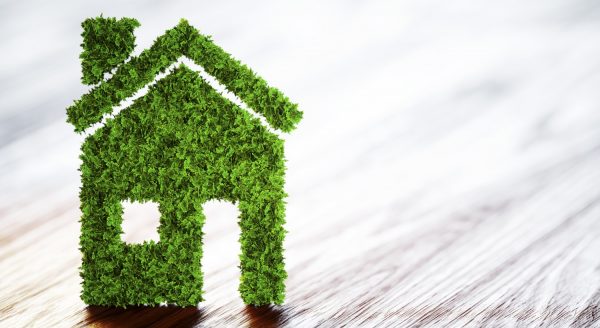Will you #BreakTheBias in AEC for International Women’s Day?
International Women’s Day, 8th March, is an opportunity to reinforce the fact that everyone has a role to play in forging a more gender-balanced world. Since the first IWD gathering in 1911, IWD has celebrated the achievements of women, called for gender parity, raised awareness against bias and take action for equality.
The theme for 2022 is about being pro-active in calling out gender bias if you see it.
‘Actively call out gender bias, discrimination and stereotyping each time you see it‘
This year’s theme includes the #BreakTheBias pose of crossing your arms in an “X” shape in front of chest, raising awareness by asking people to post photos and videos striking the pose showing their support for the message.
While there have been a significant improvement in awareness of this bias, whether deliberate or unconscious, it makes it difficult for women to move ahead. Knowing that bias exists isn’t enough – action is needed to level the playing field.
We all have individual responsibility for our thoughts and how we act. We are unable to change the way other people behave, but if we are able to consciously break our biases and lead by example. Together, we can all break the bias. In doing this, the world will be a better place; making more informed, valuable decisions and celebrating the best talent.
Many reports over the years have shown that workplaces strong in gender diversity increase organisational performance and productivity.
Unfortunately, AEC sectors still remain male-dominated and majority male-led. More needs to be done to ensure the gender imbalance is addressed so that a truly diverse and inclusive AEC workforce is created for future generations.
Interesting Facts and Statistics:
According to the World Economic Forum 2021 Global Gender Gap Report:
On its current trajectory, it will now take 135.6 years to close the gender gap worldwide.
- The UK is ranked the 23rd most gender equal country in the world, with 77.5% of the gender gap reportedly closed to date.
- Ireland is ranked as the 9th most gender equal country in the world, with 80% of the gender gap reportedly closed to date.
How has the COVID-19 Pandemic affected gender gaps in the global workforce?
- Women’s labour force participation dropped further than that of men at the start of the pandemic
- The overlap of work responsibilities and care (housework, childcare and eldercare) responsibilities have intensified during the pandemic, especially for households with children. While there is some indication that men have increased their contribution to unpaid work in the household since the outbreak of the pandemic, such responsibilities still disproportionally fall on women.
How does the AEC sector stand globally?
- Only 10.25% of female graduates choose to pursue a science, technology, engineering, and mathematics (STEM) track. In contrast, one-third (26.6%) of the total male graduates attain a degree in these fields.
- Gender gaps are more likely in sectors that require disruptive technical skills – such as Engineering (20%).
- The difference between men and women’s likelihood to make an ambitious job switch in Engineering is 42%.
According to CIOB Special Report Diversity and Inclusion in Construction:
- In the fourth quarter of 2019, just before the pandemic struck, women made up just 12.3% of the UK’s construction workforce.

According to the Engineering UK 2020 – Educational Pathways into Engineering Report:
- There continues to be a notable lack of girls taking elective STEM subjects, such as design and technology, computing and engineering. The GCSE STEM subject with the lowest participation among girls is engineering, where only 1 in 10 entries are by girls. Despite this, girls continue to outperform boys in almost all GCSE STEM subjects.
- Only 21% of all engineering and technology entrants were women in 2018 to 2019, whereas they accounted for more than half (57%) of the student population overall.
- Women remain severely underrepresented in engineering-related apprenticeships. In 2018 to 2019, women made up low proportions of starts in construction (6%) and engineering and manufacturing (8%).
There is still a lot of progress to be made to reach a gender equal world. Are you going to stand up and call out gender bias when you see it?
Are you going to #BreakTheBias?







